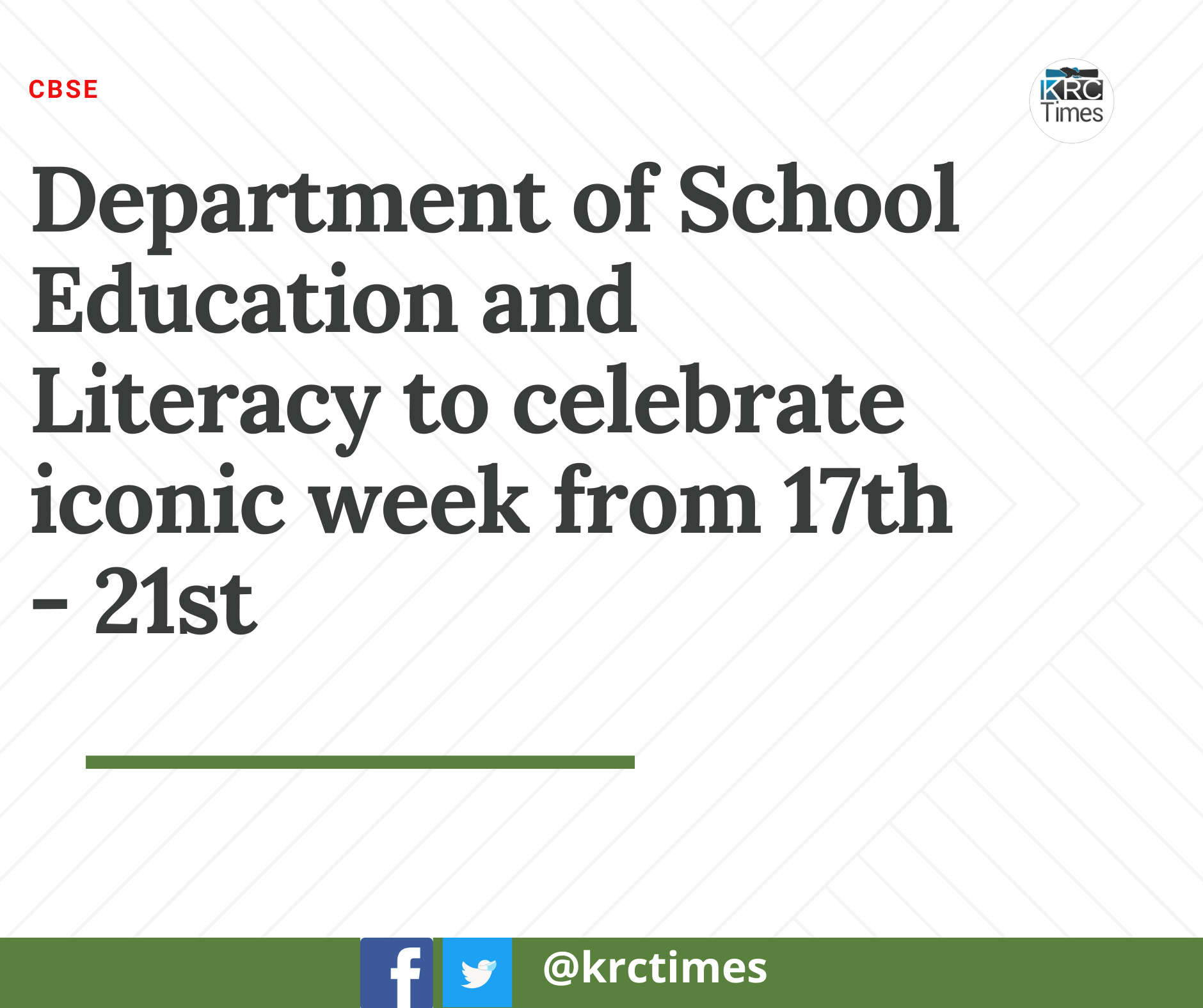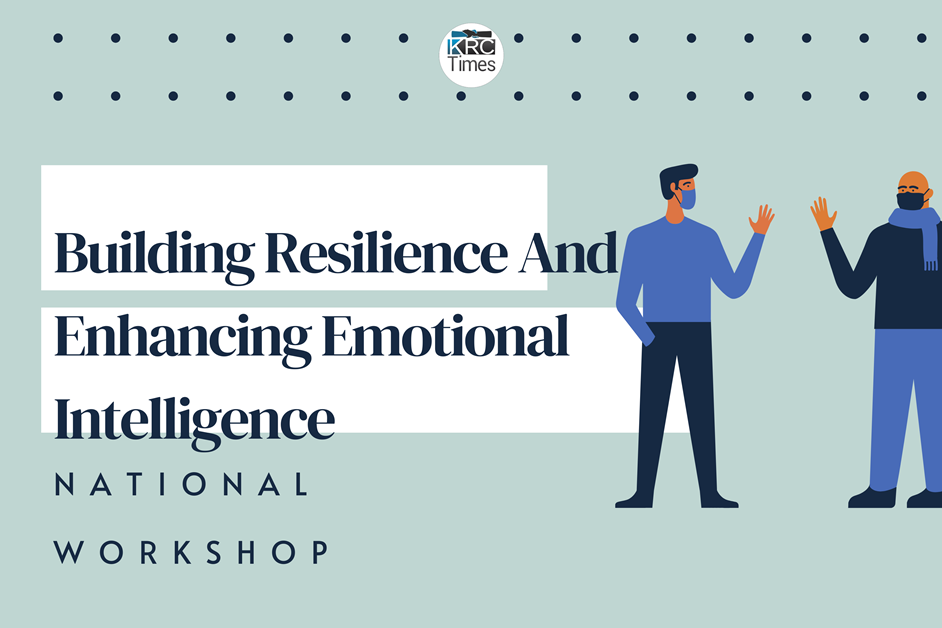If the goal of school education was indeed to prepare children for examinations, there was no need for the country to run 15.07 lakhs schools, with 96.86 lakhs teachers and enrol 26.43 crores students in these schools
 KRC TIMES Desk
KRC TIMES Desk


Secretary, School Education and Literacy, Ministry of Education
An over-enthusiastic Head of an urban school that I was visiting told me that she took great pride in the fact that during school hours there was always pin-drop silence in her school. I was aghast. Taking pride in a school culture that takes the joy out of being a child, a culture that assumes that the animated chatter of children as they play, collaborate, express their ideas, help their peers, is nothing short of indiscipline, shows how far some schools may have digressed from the path of real education. Gijubhai Badheka, better known as the educationist who helped bring Montessori to India, wrote in his brilliant book – Divya Swapna – “The school culture we have in our country demands that the thousand and one things of children’s interest ranging from insects to stars, be considered irrelevant to classroom study. An average teacher works on the assumption that his job is to teach from the textbook and to prepare children for the examination: He does not perceive that it is a part of his responsibility to develop the child’s curiosity. Nor does the school provide conditions in which the teacher could fulfil the responsibility.”This book was written in the 1930s but strikes a resonating chord even today!
If the goal of school education was indeed to prepare children for examinations, there was no need for the country to run 15.07 lakhs schools, with 96.86 lakhs teachers and enrol 26.43 crores students in these schools.
All we had to do was to prepare rigorous SOPs and typical Kunji-like textbooks and hand them over to children at their homes, for appearing on designated dates at examination centres to fact-check on their powers of memorisation. Examinations certainly are not the final goal of a rewarding learning experience in schools. They are at best one of the multiple milestones to be crossed by a child on her path to holistic growth and development.
There are two very interesting phrases used in the National Education Policy, 2020: “no hard separations” and “elimination of silos”. Of course, these terms are used in the context of areas of learning, however, they are implied in almost all areas of education. As the country initiates earnest work on the implementation of the NEP 2020, it is imperative to understand these phrases and their implications. Here is an example. NEP 2020 requires the prescription and achievement of common standards for high-quality education in all schools – that is, no silos between public and private schools – through the setting up of the State Standard-Setting Authority (SSSA). Similarly, it requires ensuring a continuum in learning from pre-school to higher education – no hard separations.
The most significant implications of the removal of “hard separations” however, are at the classroom level. The barrier of language needs to go first, by introducing mother tongue/language spoken by the child as the medium of generating understanding of numeracy and all other languages taught, particularly in the foundational years. Pedagogy can no longer be disconnected from the child and remain confined to the silo of the chalk and board. Pedagogy shall have to be activity-based and experiential, where cognitive growth happens through story-telling, art and craft, sports, theatre, etc. Classrooms need to break the silo of the typical seating plan(all children facing the board) for classrooms to be joyful and integrated with art, sports, games and other engaging activities. The seating plan shall have to be flexible – sometimes in a circle, but often in groups. Learning based only on prescribed textbooks is a hard separation, and it needs to be diversified by bringing in a variety of teaching and learning materials and methods, from toys to puppets, to magazines, worksheets, comic and storybooks, nature walks, visits to local craftspersons, class orchestras, choreography, role plays, etc.
The buck stops at examinations in the present education system. This is where the NEP 2020 seeks to break a huge silo – that is, the silo of testing only what is written in the textbooks. It is well-researched and evidenced that in an enabling environment a child is constantly learning – learning to collaborate, to think critically, solve problems, be creative, communicate, be media literate, etc. The end of the year examination does not reflect the full potential or uniqueness of the child as a child’s learnings are not limited to textbook knowledge. Therefore, we need to look beyond examinations and look at assessment only as a means of learning, nothing more. With the force of the NEP behind it, the way we assess is at the cusp of change. We plan to assess less yet more – less curriculum but more in-depth; less content but more competency; less textbooks but more diverse learning; less commonalities but more uniqueness; less stress but more joy; less teacher but more self and peer assessment. And finally, though it goes without saying: less silos but more connections!
(Students, parents and teachers are invited to participate in yet another exciting edition of Pareeksha Pe Charcha with the Prime Minister on https://innovateindia.mygov.in/ppc-2021/)





